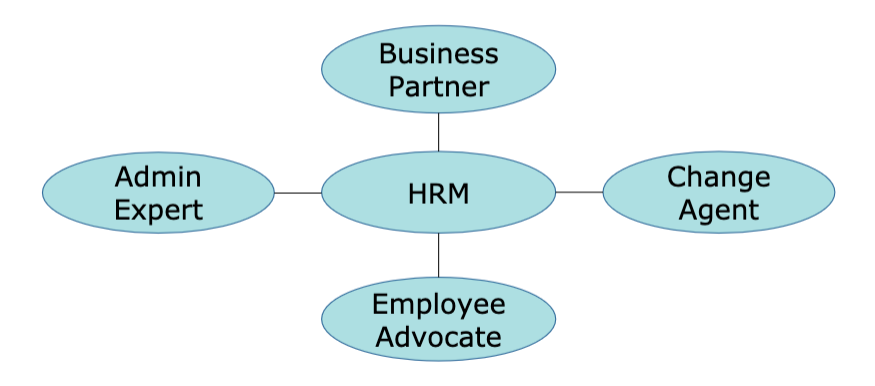
What I Learned About Myself
After taking the coping and stress management skills test, my result showed that I use “problem-focused strategies” in order to cope with stress. The Type A Personality Test states that most of the time I am characterized by warmth and tolerance but occasionally react with impatience and hostility. Often when I am stressed or frustrated I lash out at others but this is rare. I am willing to open up to others emotionally and I value relationships greatly.
Steps to Manage Stress
- Address the Cause of Stress
- Exercise Daily
- Eat Well
- Practice Relaxation
- Prioritize Activities
- Confide in People You Trust
Stress/ Mental Health in the Workforce
Job Stress is defined as the tension people feel when they are facing or enduring extraordinary demands, constraints, or opportunities and are uncertain about their ability to handle them effectively (Swift, 2022). There are multiple negative outcomes of stress that include Psychological (depression, anxiety), Physiological (fatigue, high blood pressure), Behavioral (alcohol and drug use, compulsive behaviors), and Job-Related (lower performance and job commitment). Kaiser Permanente states that employees are the heart of the company which means that keeping them happy, healthy, and engaged is the goal of HR. As a result of COVID-19, there was a 40% increase in US employees who reported depression or anxiety, which led to an untreated depression cost of $9,450 per employee (Kaiser, 2022). According to Kaiser, four out of five workers with mental health conditions say shame and stigma have prevented them from seeking mental health care. This being said, Employee’s mental health must be prioritized.
What Kaiser Permanente is doing to Prioritize Employee’s Health
Kaiser Permanente has developed a four-step process to better employee mental health and discusses how it benefits a business.
- Prioritize a psychologically healthy workforce. This can be done by showing empathy, being vulnerable, validating what people are feeling, allowing for flexibility, and reducing stigma.
- Be aware of the mental health stigma. Provide employees with helpful mental wellness resources in one place, wellness tools that are easy to access, mandated breaks to reduce burnout, and mental health coverage in your organization’s health insurance policy.
- Let your employees know it’s OK to ask for help. Kaiser suggests offering employee assistance programs, wellness champions, training for managers, and employees resource groups
- Go deeper into social health. Help employees understand the resources offered, offer robust caregiver benefits, help navigate leave-of-absence policies, and leverage financial services.
Final Thoughts
“57% of employees say they feel more loyal and productive… if their employer supported workforce mental health” (Kaiser, 2022). The first priority of a manager should be their employees and the mental health of those employees. Mental health is something that should not be pushed aside and taken lightly. It is crucial now more than ever that employers prioritize the overall health of their employees. I would suggest that the organization follow the same four-step process that Kaiser Permanente followed to ensure that employees’ mental health is prioritized and taken care of.
Resources:
Managing stress. NAMI. (n.d.). Retrieved July 27, 2022, from https://www.nami.org/Your-Journey/Individuals-with-Mental-Illness/Taking-Care-of-Your-Body/Managing-Stress
Swift, Michele. Health and Safety Lecture. (2022, July 27). https://canvas.oregonstate.edu/courses/1878136/pages/week-8-learning-materials?module_item_id=22230160
Understanding mental health. Mental health & wellness | Kaiser Permanente. (n.d.). Retrieved July 27, 2022, from https://healthy.kaiserpermanente.org/health-wellness/mental-health
Written by: Kalli Carley






